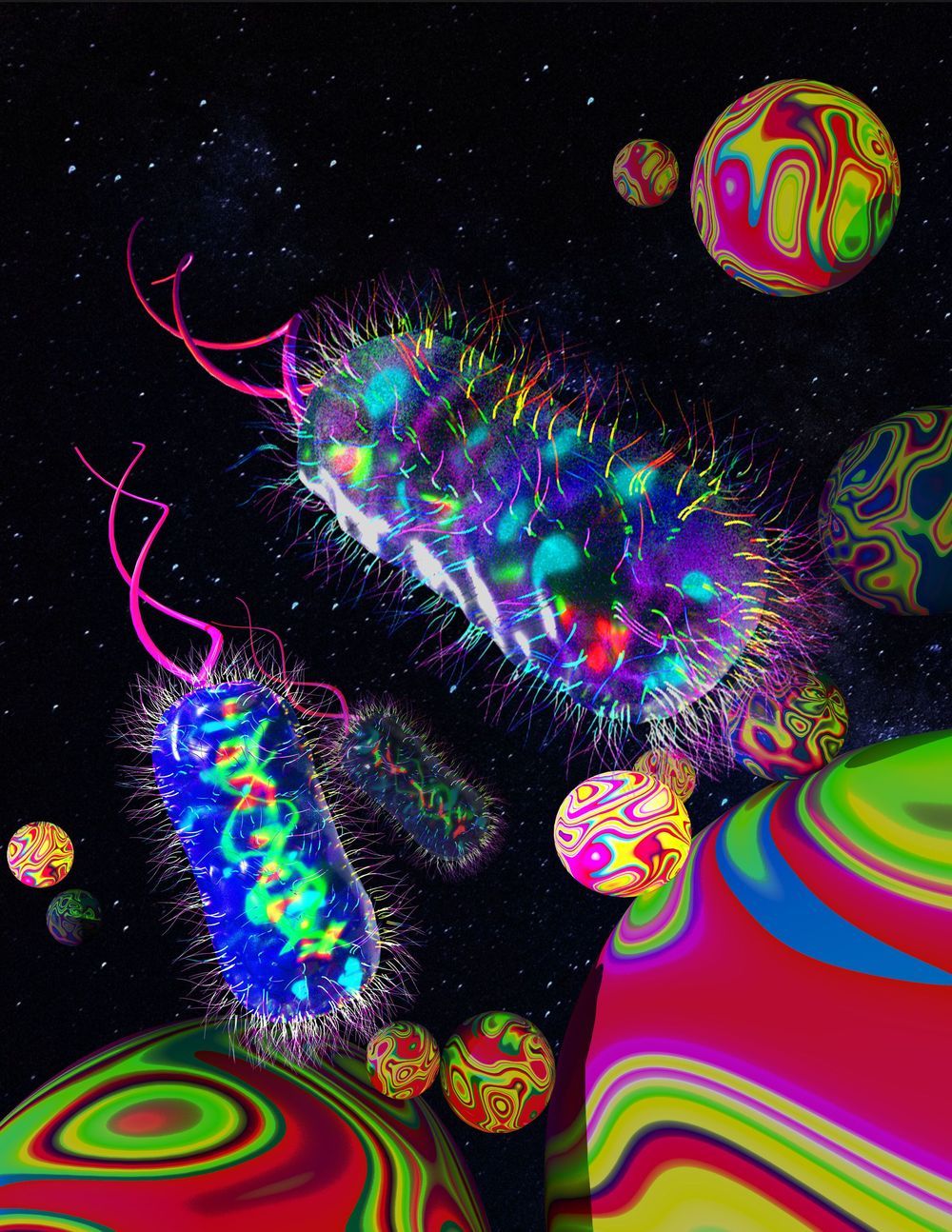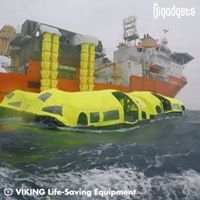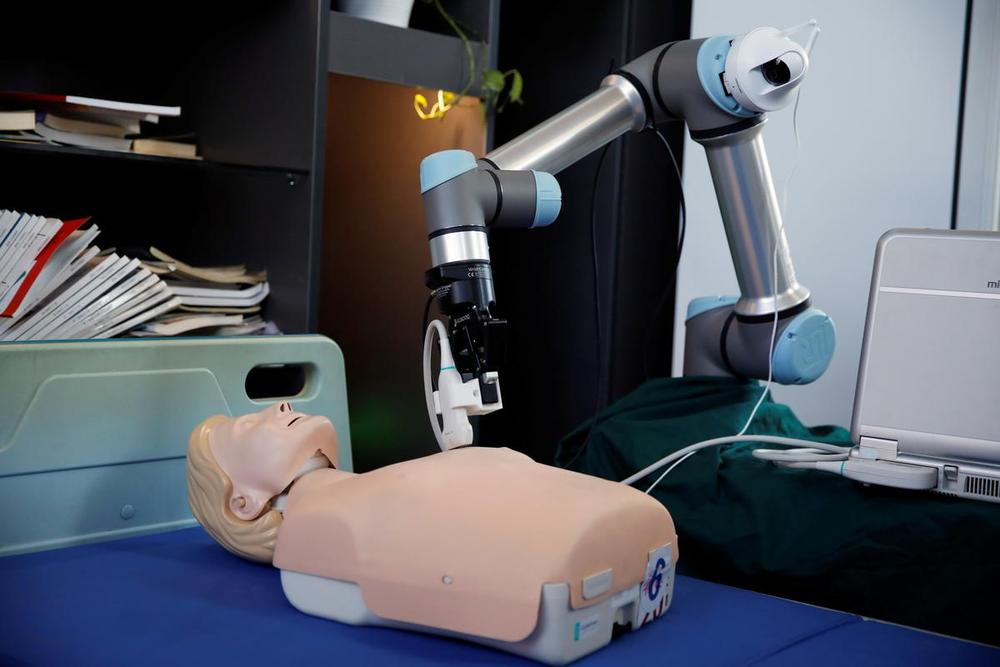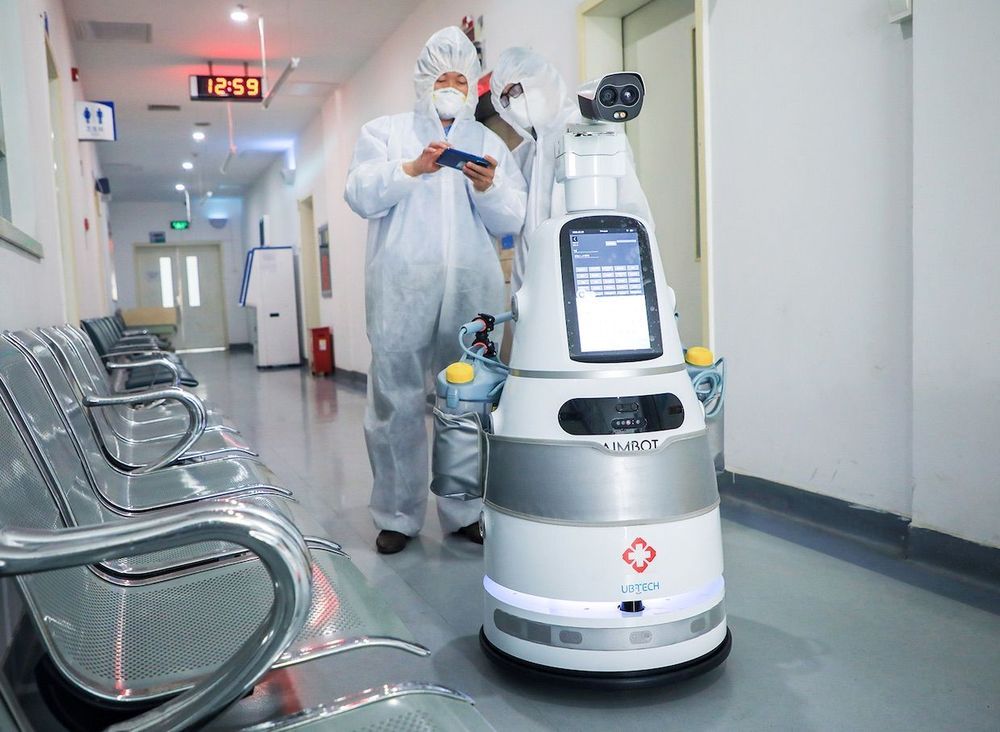Page 7743
Mar 23, 2020
New device quickly detects harmful bacteria in blood
Posted by Shane Hinshaw in categories: biotech/medical, engineering, health
Engineers have created a tiny device that can rapidly detect harmful bacteria in blood, allowing health care professionals to pinpoint the cause of potentially deadly infections and fight them with drugs.
The Rutgers coauthored study, led by researchers at Rochester Institute of Technology, is published in the journal ACS Applied Materials & Interfaces.
“The rapid identification of drug-resistant bacteria allows health care providers to prescribe the right drugs, boosting the chances of survival,” said coauthor Ruo-Qian (Roger) Wang, an assistant professor in the Department of Civil and Environmental Engineering in the School of Engineering at Rutgers University-New Brunswick.
Mar 23, 2020
Coronavirus treatment: These are the drugs that show promising results in treating COVID-19 patients
Posted by Nicholi Avery in category: biotech/medical
Coronavirus has claimed at least 10,447 lives with a total of 254,701 confirmed cases worldwide. A total of 89,071 people have recovered from the virus. The outbreak has led to panic and pandemonium. As we reported yesterday, there are only three major types of treatments: antiviral drug, antibody solution (including blood plasma) and vaccine.
Even though the need to develop new vaccines seems to be getting a lot of headlines, vaccine, however, does not provide the immediate relief for people who are already infected with the virus. In addition, experts are saying that it may take between 12 to 24 months before the vaccine becomes available. Some are going as far as saying it could be 2022 before we see a COVID-19 vaccine.
In the meantime, more companies are coming out with existing antiviral and experimental drugs that have proven to show promising results in treating COVID-19 patients. While there are no FDA-approved therapeutics or drugs to treat, cure or prevent COVID-19, there are several FDA-approved treatments that may help ease the symptoms from a supportive care perspective.
Mar 23, 2020
Final NASA Seats on Soyuz in 2020
Posted by Bill D’Zio in categories: government, space, space travel
By Bill D’Zio
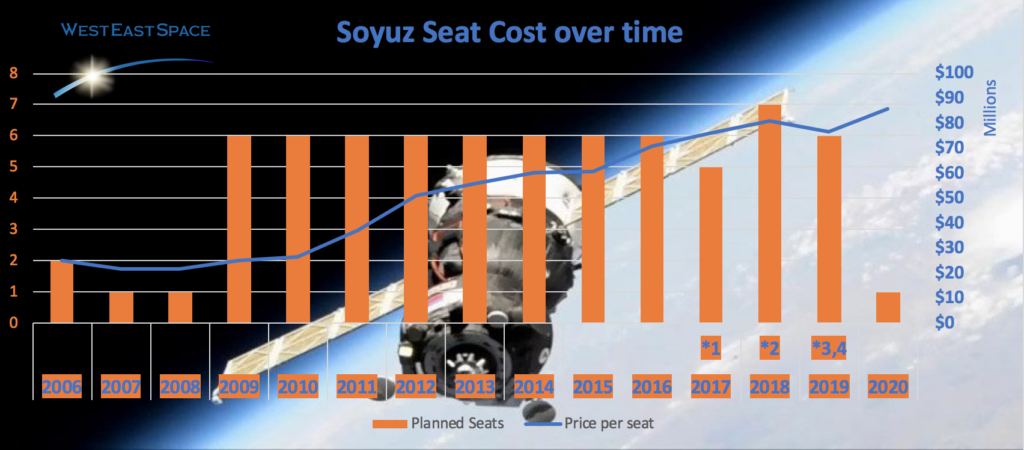
*Notes *1 In February 2017, NASA purchased from Boeing two Soyuz seats and then later three additional seats for $373.5 million or $74.7 million per seat. Boeing had the rights to sell the seats as a result of a settlement with RSC Energia—the Russian company that builds the Soyuz for Roscosmos—due to a failed partnership to develop the capability to launch rockets from an off-shore platform in the ocean.
2 2017 NASA contract for 12 additional seats
3 Due to slippage in the commercial crew schedule, in March 2018 NASA purchased two additional Soyuz seats for $86 million each, one for the September 2019 Soyuz flight and another on the upcoming April 2020 mission.
4 One Soyuz launch failed during launch requiring an abort prior to reaching orbit. Data Source: NASA Office of Inspector General analysis of Soyuz cost data provided by NASA
Soyuz creeping up in cost
NASA has been dependent on Russia for transport to and from the ISS. Over time the cost of seats on the Soyuz crew vehicle have risen.
The Roscosmos’s Soyuz vehicle has been ferrying crew to the International Space Station since November 2000. Originally Soyuz was designed to carry cosmonauts to the Moon, however was repurposed to be the main transport vehicle for Russia over the years. The Soyuz spacecraft is capable of carrying three crewmembers at a time and is certified to remain docked with the ISS for a maximum of 200 days and is launched from the Baikonur Cosmodrome launch site.
Until the NASA Commercial Crew Program (CCP) is completed, Roscosmos remains the sole option for transporting astronauts to and from the ISS. At all times, at least one of the Soyuz spacecraft is docked at the International Space Station serving as an emergency lifeboat or escape pot should evacuation be needed. Typically two Soyuz capsules are docked at the ISS which allows up to six astronauts to remain on the International Space Station. The limit of six astronauts is established by the number of seats available for evacuation.
Mar 23, 2020
No Autonomous Trucks? Wait, What?: Science Fiction in the News
Posted by Saúl Morales Rodriguéz in categories: Elon Musk, robotics/AI, sustainability, transportation

No Autonomous Trucks? Wait, What? ‘…it resembled conventional human-operated transportation vehicles, but with one exception — there was no driver’s cabin.’ — Philip K. Dick, 1955.
Elon Musk’s Traffic Tunnel Challenge Is Boring ‘The car vibrated… threading the maze of local tubes.’ — Jack Vance, 1954.
Continue reading “No Autonomous Trucks? Wait, What?: Science Fiction in the News” »
Mar 23, 2020
The professionals who predict the future for a living
Posted by Derick Lee in categories: biotech/medical, business
Everywhere from business to medicine to the climate, forecasting the future is a complex and absolutely critical job. So how do you do it—and what comes next?
Mar 23, 2020
Robot designed in China could help save lives on medical frontline
Posted by Omuterema Akhahenda in categories: biotech/medical, robotics/AI
SHANGHAI (Reuters) — Researchers at one of China’s top universities have designed a robot they say could help save lives on the frontline during the coronavirus outbreak.
The machine consists of a robotic arm on wheels that can perform ultrasounds, take mouth swabs and listen to sounds made by a patient’s organs, usually done with a stethoscope.
Such tasks are normally carried out by doctors in person. But with this robot, which is fitted with cameras, medical personnel do not need to be in the same room as the patient, and could even be in a different city.
Mar 23, 2020
Coronavirus Pandemic: A Call to Action for the Robotics Community
Posted by Omuterema Akhahenda in categories: biotech/medical, robotics/AI
Medical robotics expert Guang-Zhong Yang calls for a global effort to develop new types of robots for fighting infectious diseases.
When I reached Professor Guang-Zhong Yang on the phone last week, he was cooped up in a hotel room in Shanghai, where he had self-isolated after returning from a trip abroad. I wanted to hear from Yang, a widely respected figure in the robotics community, about the role that robots are playing in fighting the coronavirus pandemic. He’d been monitoring the situation from his room over the previous week, and during that time his only visitors were a hotel employee, who took his temperature twice a day, and a small wheeled robot, which delivered his meals autonomously.
An IEEE Fellow and founding editor of the journal Science Robotics, Yang is the former director and co-founder of the Hamlyn Centre for Robotic Surgery at Imperial College London. More recently, he became the founding dean of the Institute of Medical Robotics at Shanghai Jiao Tong University, often called the MIT of China. Yang wants to build the new institute into a robotics powerhouse, recruiting 500 faculty members and graduate students over the next three years to explore areas like surgical and rehabilitation robots, image-guided systems, and precision mechatronics.
Continue reading “Coronavirus Pandemic: A Call to Action for the Robotics Community” »

